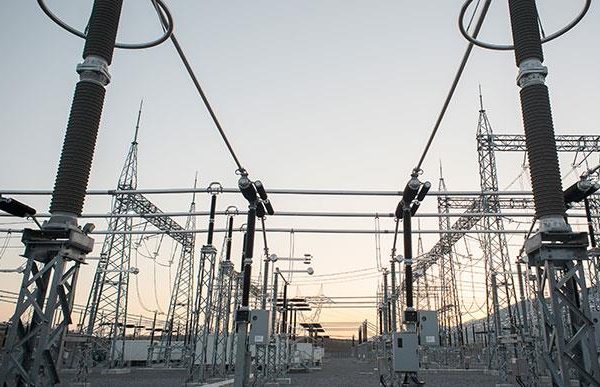News Update
THE consecutive collapses have heightened frustrations among Nigerian consumers, as power stability remains a critical issue nationwide.
Nigeria’s national power grid collapsed again today at 9:17 a.m., marking the second system failure in less than 24 hours and impacting millions of electricity customers.
Ikeja Electric Plc and Eko Electricity Distribution Company (EKEDC), two of Nigeria’s major power distribution companies, confirmed the outage and assured customers that efforts were underway to restore power.
In a public statement, Ikeja Electric addressed affected customers, stating, “Please be informed that we experienced another system outage today, 15/10/24, at 09:17 hrs, affecting supply within our network.”
The company emphasised that it was actively coordinating with key partners to restore power as quickly as possible.
“Restoration of supply is ongoing in collaboration with our critical stakeholders,” the management noted, asking for customer patience during the prolonged outage.
Similarly, Eko Electricity Distribution Company echoed the disruption, sharing that the system collapse had led to power losses across their network.
“We are currently working with our partners as we hope for speedy restoration of the grid. We will keep you updated as soon as power supply is restored,” EKEDC’s management assured.
The consecutive collapses have heightened frustrations among Nigerian consumers, as power stability remains a critical issue nationwide.
Many citizens have expressed disappointment over the ongoing power shortages, calling for urgent reforms to ensure a reliable electricity supply.
As power companies and their partners work to resolve the crisis, residents are bracing for what could be further outages.
The situation has amplified calls for stronger infrastructure investment and improved maintenance protocols to prevent future grid failures.




